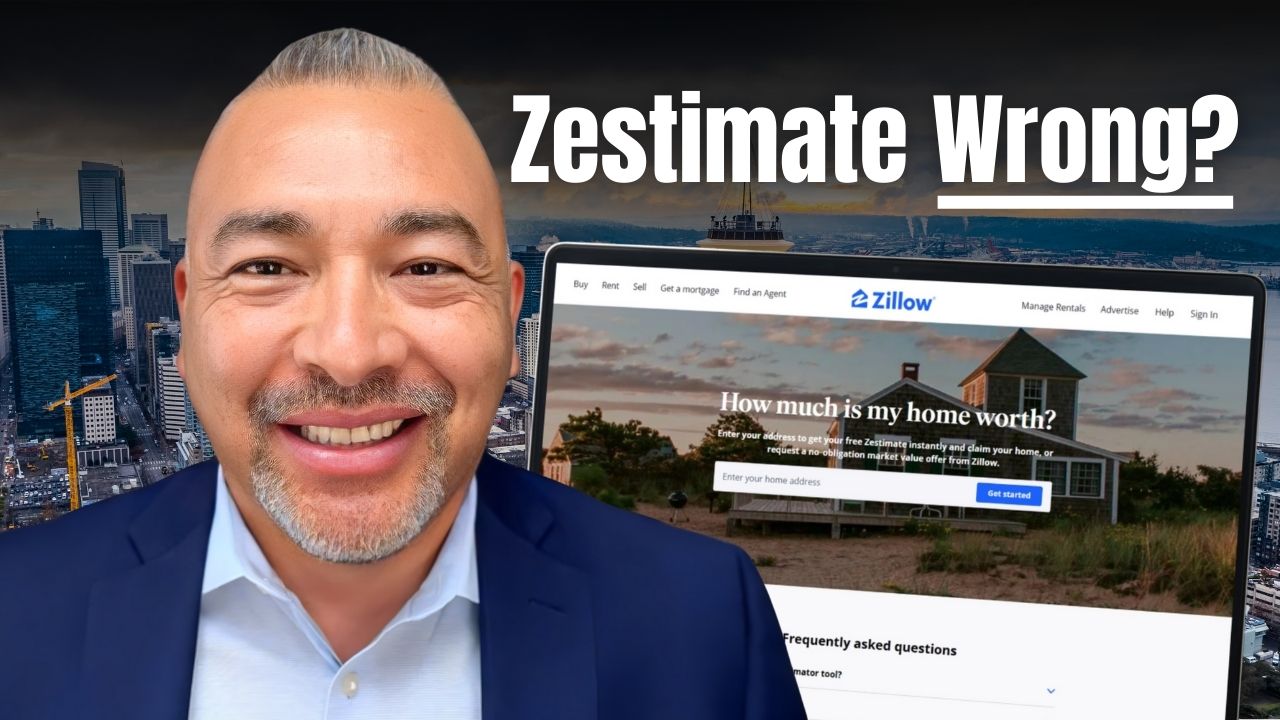What’s Your Home Worth? Are you thinking of selling your home or interested in learning about home prices in your neighborhood? I can help you. Discover Market Value
If you’ve been hoping for home prices to drop, the Fed’s recent rate cut might sound like good news. But before you get too excited, here’s something important to remember: a rate cut doesn’t automatically mean prices will go down. In some places, it could even push prices up.
Here’s what you need to know.
How the rate cut affects mortgage rates. In mid-September, the Fed lowered its main interest rate by 0.25%, marking the first rate cut of the year. This move suggests that further cuts may be ahead. It has already caused mortgage rates to drop a little. The average 30-year fixed mortgage is now just above 6%, which is a welcome change from the 7% highs we saw earlier this year.
But here’s the catch: Mortgage rates don’t move exactly with the Fed’s actions. They’re more closely tied to the 10-year Treasury yield, which is influenced by inflation, bond markets, and investor sentiment. So, even if the Fed cuts rates again, mortgage rates might not keep dropping, and they may not stay low.
Also, even when mortgage rates fall, home prices don’t always drop with them. In fact, lower mortgage rates can bring more buyers into the market, which leads to more competition. In areas where there aren’t many homes for sale, this increased demand can actually push prices higher.
What this means for you. The good news is that the inventory is improving. Recent reports show that the housing supply is up by more than 30% compared to last year. Some markets are seeing prices cool off a little, while in other areas, prices are continuing to rise.
If you’re a buyer, now could be a good time to get back into the market. With rates a little lower, you might have more room to negotiate, especially if sellers are adjusting to a slower market. But don’t wait too long, hoping for a big drop in prices. Experts say that while price growth is slowing down, we likely won’t see major price drops unless mortgage rates fall a lot more.
If you’re a seller, this is your chance to be strategic, since the market is changing. While some buyers are returning because of the lower rates, others remain sensitive about prices. Setting the right asking price and working with a local agent who understands your market’s dynamics can make a big difference.
The Fed’s rate cut is just one part of the picture. This fall, buyers and sellers who stay informed and flexible will be in the best position to make a smart move.
Thinking about buying or selling a home? Just reach out through call or email, and I’ll help you make a solid plan—the earlier, the better. I look forward to hearing from you!
Want to work with us? Here are some ways to get involved.
-
Search the entire MLS for your Inland Empire area home. Looking for a Home in the Inland Empire Area?
-
Get our latest insights and tips to sell or buy a house. Latest Housing Market Insights
Si esperaba que los precios de las viviendas bajaran, el reciente recorte de tipos de la Reserva Federal podría parecer una buena noticia. Pero antes de entusiasmarse demasiado, recuerde algo importante: un recorte de tipos no implica automáticamente que los precios vayan a bajar. En algunos lugares, incluso podría impulsarlos al alza.
Esto es lo que necesita saber.
Cómo afecta la bajada de tipos a las tasas hipotecarias. A mediados de septiembre, la Reserva Federal redujo su tasa de interés principal un 0,25%, lo que marcó el primer recorte de tipos del año. Esta medida sugiere que podrían producirse nuevos recortes. Ya ha provocado una ligera caída en las tasas hipotecarias. La hipoteca fija promedio a 30 años se sitúa ahora justo por encima del 6%, lo que supone un cambio positivo respecto a los máximos del 7% que vimos a principios de año.
Pero aquí está el problema: las tasas hipotecarias no se mueven exactamente con las acciones de la Reserva Federal. Están más estrechamente vinculadas al rendimiento de los bonos del Tesoro a 10 años, que se ve influenciado por la inflación, los mercados de bonos y la confianza de los inversores. Por lo tanto, incluso si la Reserva Federal vuelve a recortar los tipos, es posible que las tasas hipotecarias no sigan bajando ni se mantengan bajas.
Además, incluso cuando las tasas hipotecarias bajan, los precios de las viviendas no siempre bajan con ellas. De hecho, unas tasas hipotecarias más bajas pueden atraer a más compradores al mercado, lo que genera mayor competencia. En zonas donde no hay muchas viviendas en venta, este aumento de la demanda puede, de hecho, impulsar los precios al alza.
Qué significa esto para usted. La buena noticia es que el inventario está mejorando. Informes recientes muestran que la oferta de viviendas ha aumentado más del 30 % en comparación con el año pasado. En algunos mercados, los precios están bajando un poco, mientras que en otras zonas, los precios siguen subiendo.
Si es comprador, este podría ser un buen momento para volver al mercado. Con las tasas ligeramente más bajas, podría tener más margen de negociación, especialmente si los vendedores se están adaptando a un mercado más lento. Pero no espere demasiado, esperando una fuerte caída de precios. Los expertos afirman que, si bien el crecimiento de los precios se está desacelerando, probablemente no veremos caídas significativas a menos que las tasas hipotecarias bajen mucho más.
Si es vendedor, esta es su oportunidad de ser estratégico, ya que el mercado está cambiando. Si bien algunos compradores regresan debido a las tasas más bajas, otros se muestran reticentes a los precios. Fijar el precio de venta adecuado y trabajar con un agente local que comprenda la dinámica de su mercado puede marcar una gran diferencia.
El recorte de tasas de la Reserva Federal es solo una parte del panorama. Este otoño, los compradores y vendedores que se mantengan informados y sean flexibles estarán en la mejor posición para tomar una decisión inteligente.
¿Está pensando en comprar o vender una casa? Simplemente contáctenos por teléfono o correo electrónico y le ayudaré a crear un plan sólido; cuanto antes, mejor. ¡Espero su respuesta!





